From the city centre of New Plymouth, follow the main road north until you reach Beach Street. Hang a left and head down the road a few hundred meters until the grey-blue sea comes into view. If the conditions are right, somewhere along the dunes above Fitzroy beach with a long-lens camera in hand, you might come across Huia Publisher’s latest debut author, Steph Matuku.
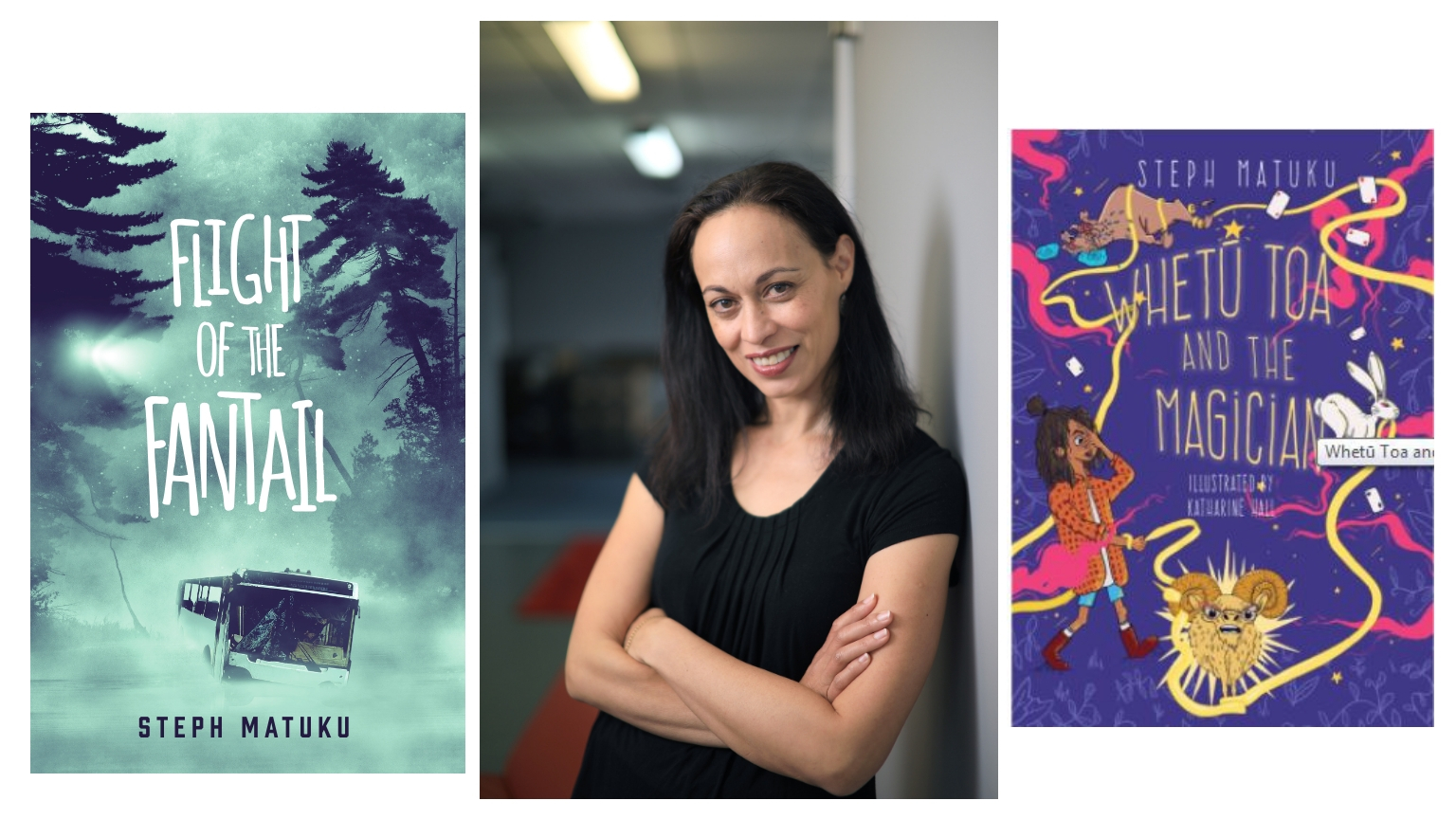
It’s not the most obvious place you’d expect to find a busy writer. In my mind, authors are tucked away in little studios surrounded by pensive trees or deep in the basement of the library ferreting through the archives. There’s no doubt Steph’s done the hard yards to get to where she is today, but she approaches her writing much like she does surf-photography: as if it’s no big deal.
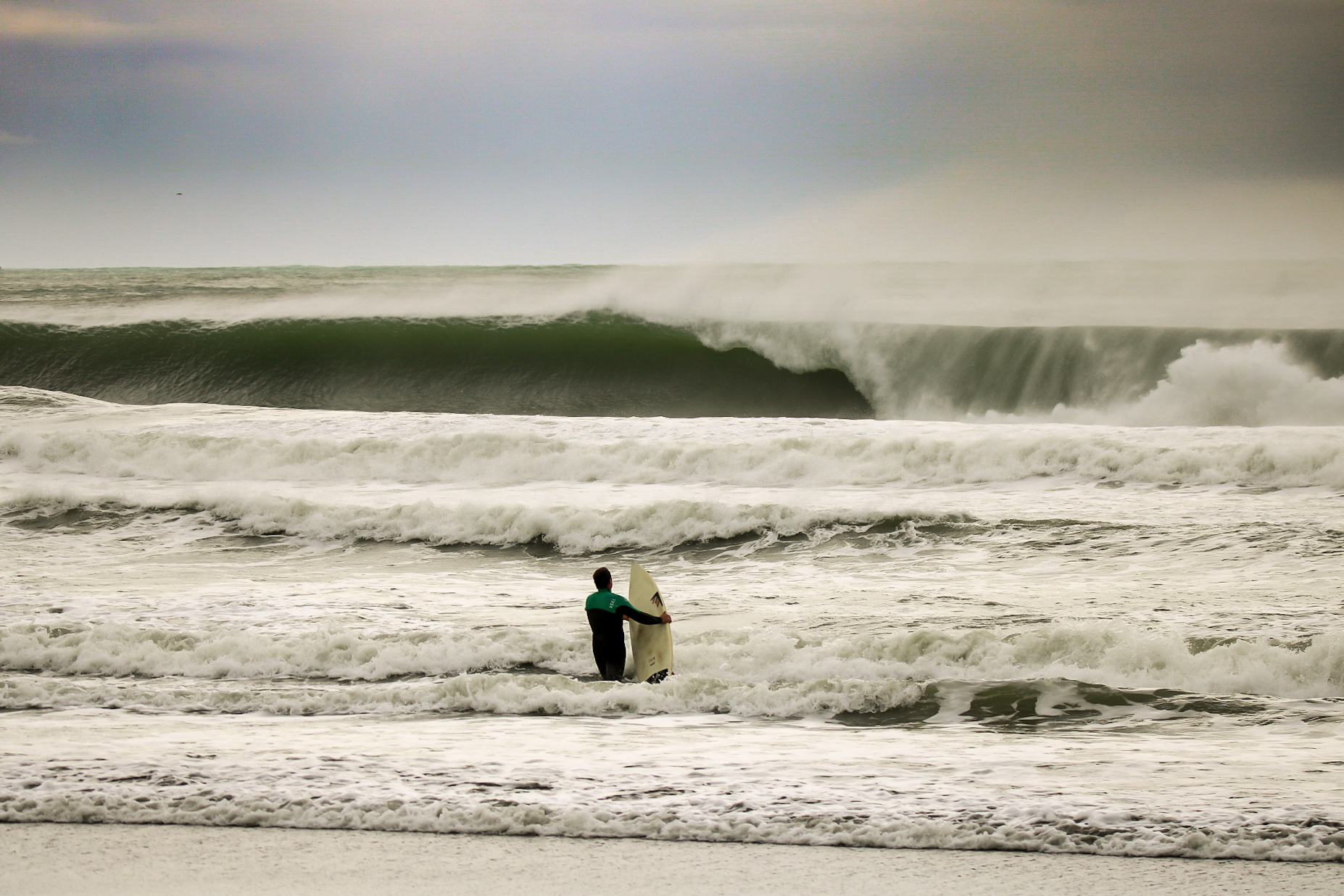
I’ve been following Steph’s author-journey since she was awarded a Te Papa Tupu mentorship in 2016. At first, I read her monthly blog updates on the Māori Literature Trust because I was interested in the mentoring process. But after awhile I began seeking out everything she wrote just because she’s bloody entertaining to read. She writes with ease and realness. There’s no pretence or posturing. You get the sense Steph is exactly who she is in person as she sounds on the page: down-to-earth, relatable, sharp.
It’s not surprising that Steph is such a competent writer. She’s been doing it for a long time. She was a copywriter for fifteen years, producing creative content for a range of industries including business, media and education. More recently, she wrote an award-winning play called A Story of Rona, and this year she finished writing a film script called How Tui and Kae Found Their Mother, which was developed with support from the New Zealand Writers Guild and the NZ Film Commission. Her straight-talking opinion pieces, both on The Sapling and on E-Tangata, are often quoted and re-shared on social media by fellow writers and fans who’ve connected not just with her ideas, but with the authenticity of her voice.
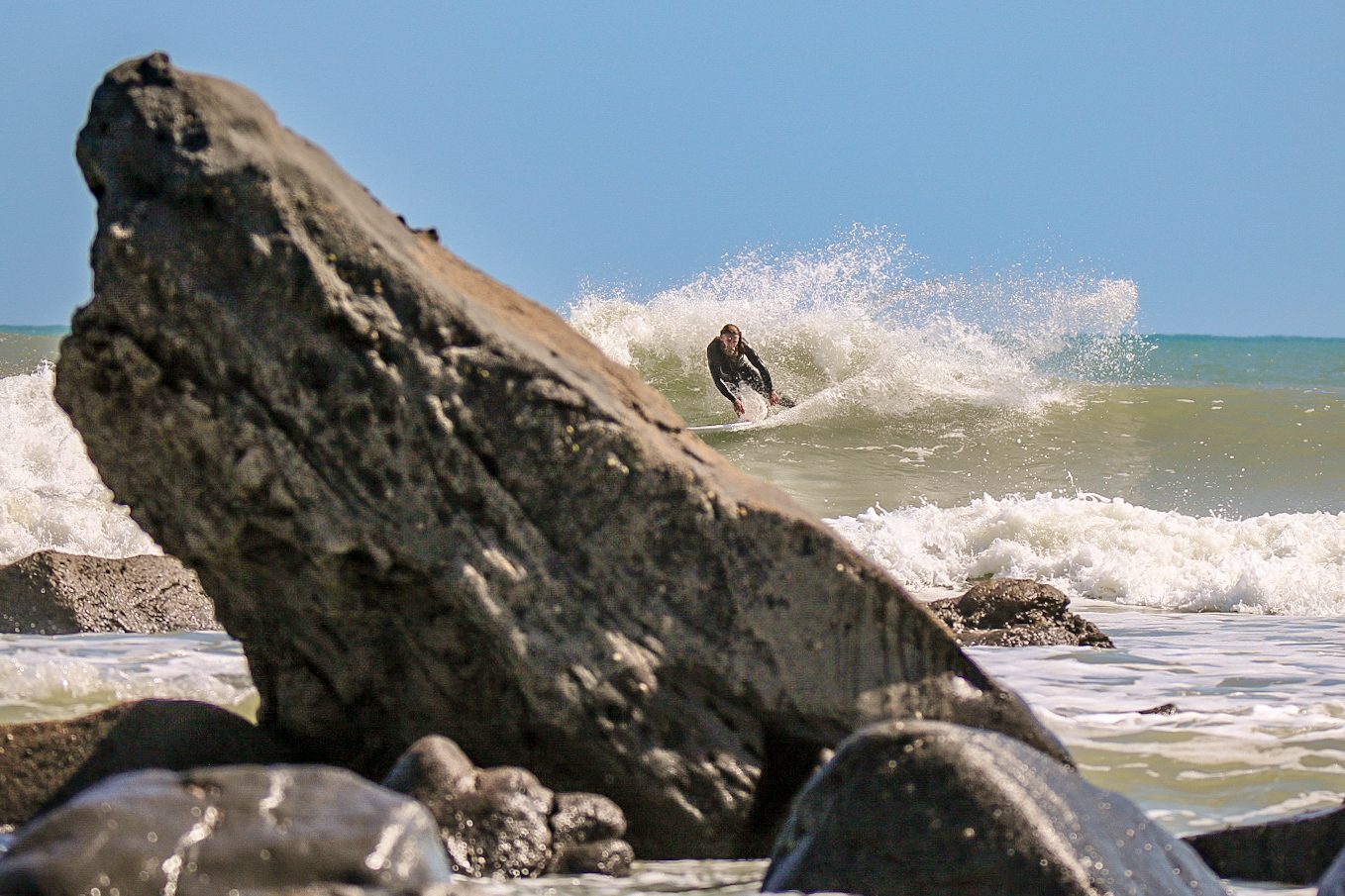
It’s this kind of versatility that undoubtedly led to Steph releasing two very different books last month: one, a young-adult novel called Flight of The Fantail and the second a chapter book for early readers called Whetū Toa and the Magician. Let’s be clear: you have to be pretty special to release not one, but two books on your first hit-out. Most aspiring writers would be stoked with one publishable manuscript let alone two. Steph’s just happy to avoid the pressure most authors feel around publication of their second book; she’s already got all that out of the way.
Flight of the Fantail took roughly six years on its journey from the drafts folder to the beautiful, misty-green covered soft-back it is today. My eleven-year-old swooped on it as soon as it arrived and the first thing she said (while earnestly stroking the cover) was ‘it feels so nice!’ Indeed, it’s a beautiful book. But there’s plenty of substance between the covers.
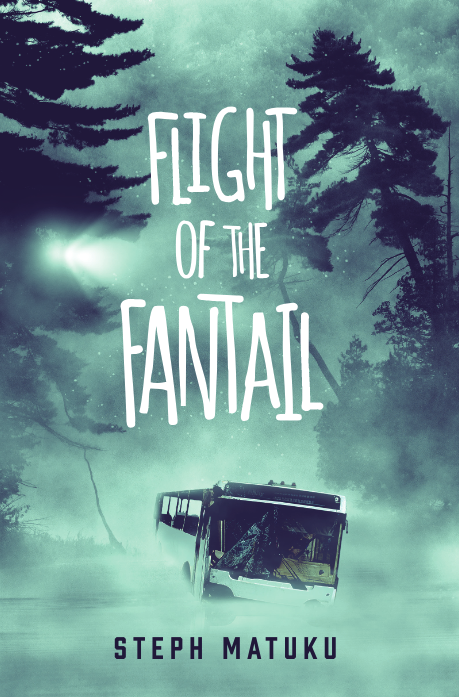
The story opens like a scene from an action film. You’re dropped into a remote National Park on a school bus filled with teenagers, flying at speed around corners. Think Waioweka Gorge, only steeper and narrower. Rocks skitter down the cliff into the snaking, slate-grey water below. By the time the bus goes over, three pages in, you’re invested. You’re part of this unit and you’re going to need all your wits about you to survive.
Flight of The Fantail has been marketed as Sci-Fi, but I think it would be more accurate to say that it’s an action-thriller. It’s about survival, in the classic ‘Lord of the Flies’ sense of the word. There’s mysterious elements, but the story isn’t happening on another planet. You’re not being asked to suspend reality so much as tilt your worldview sideways a bit.
‘Flight of The Fantail’ has been marketed as Sci-Fi, but I think it would be more accurate to say that it’s an action-thriller. It’s about survival, in the classic ‘Lord of the Flies; sense of the word.
This is something I asked Steph about when I pitched up at Fitzroy Beach to chat with her in person. We met at the top of the sand dunes beside the coffee cart to discuss books and writing while keeping a steady eye on the rolling West coast surf.
Steph told me that she feels like the genre label of ’Sci-Fi’ is a bit of a spoiler and I have to agree with her. I had been expecting dystopian or futuristic or fantasy but what I got was something quite different. It reminded me of a conversation that I had with my daughter’s school teacher about Māori mythology and whether it fits the category ‘Sci-Fi’.
Whether it does or doesn’t is irrelevant. Māori stories are rooted in a Māori worldview; the arbitrary application of a Pākehā label after the fact doesn’t tell us anything. On a practical level, I know labels make it easier for teachers and librarians and publishers to get books into the hands of their target audience. But from a reader’s perspective, labels can be reductionist. They tend to shape our expectations before we begin.
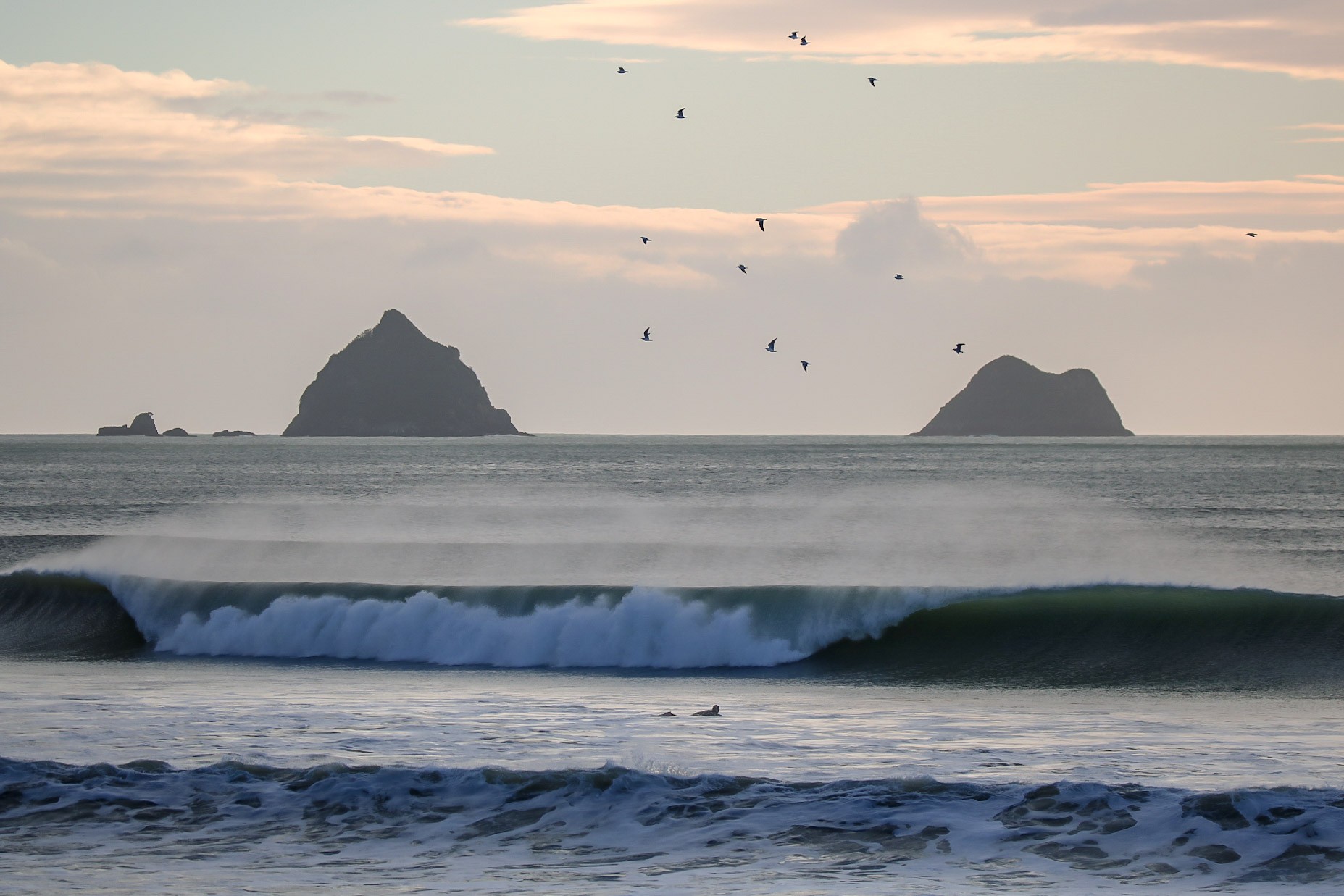
Stripped of the labels, Flight of The Fantail draws on Māori concepts to move the plot in intriguing, sometimes unexpected directions. But frankly, that feels like a spoiler, too. The same way Flight of The Fantail doesn’t easily slide under the Sci-Fi label, neither should it be reduced to the label of ‘Māori story’. Flight of The Fantail is just a good old-fashioned page-turner. The characters have the same realness to them that Steph brings to all her writing. I laughed out loud several times, once so suddenly that I woke the dog. With two teenagers in my household, I also recognised the kids. I could relate to the way they spoke and related to each other.
Steph says that the humour worked its way into the story naturally. ‘I don’t think you can force humour. As I’m writing, I will often stop and read certain passages aloud to myself to hear how they sound. I used to work in radio for 15 years so I got into the habit of listening to how people talk and the natural rhythms of language. You can hear when dialogue is forced.’
‘I don’t think you can force humour. As I’m writing, I will often stop and read certain passages aloud to myself to hear how they sound…’
Another refreshing point, particularly in the YA genre, is that none of the teens were experiencing an identity crisis on the basis of their ethnicity or gender or sexuality. I even had to check with Steph about the ethnicity of one of the characters because I wasn’t sure. We ended up having a funny conversation about how I’d visualised certain characters versus what she’d had in mind when she wrote them. I think this shows Steph is writing interesting, multi-dimensional characters – not caricatures. Steph says that the characters developed their personalities on the page as she wrote the story. She had an idea of what they looked like, but not what made them tick. ‘In a way, all of the characters have a little bit of me in them. The banter is me arguing with myself.’
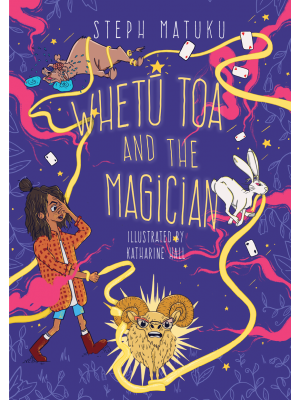
Whetū Toa and the Magician is something else entirely. After Flight of The Fantail, it was like flicking the channel to something light and easy and nutritious. I landed softly in the beanbag and didn’t move for an hour. My kids wandered in and out several times and asked why I kept snorting. I read them a few passages and they laughed out loud, too. Whetū is the star of the show but it’s the talking animals that win you over. Their personalities match their names in a way that reminded me of Charlotte’s Web. My only complaint is that it was over too soon, but Steph assures me that in between the surf-photography she’s working on a sequel.
The fact that Whetū Toa and The Magician only took Steph three months to write shows how quietly talented she is. Like the surf photography – which she only took up in July this year – she just got on and sussed it out. The hobby began as a way to organically grow her social media presence so she could promote her books on the side. She’s a kūmara – self-promotion doesn’t come easily to her. But the strategy worked almost too well. Her Instagram feed now looks like she’s a professional photographer who dabbles in a bit of writing. Local surfers follow her posts, eager to see if she’s snapped them tucked inside a barrel against a crisp blue Taranaki sky.
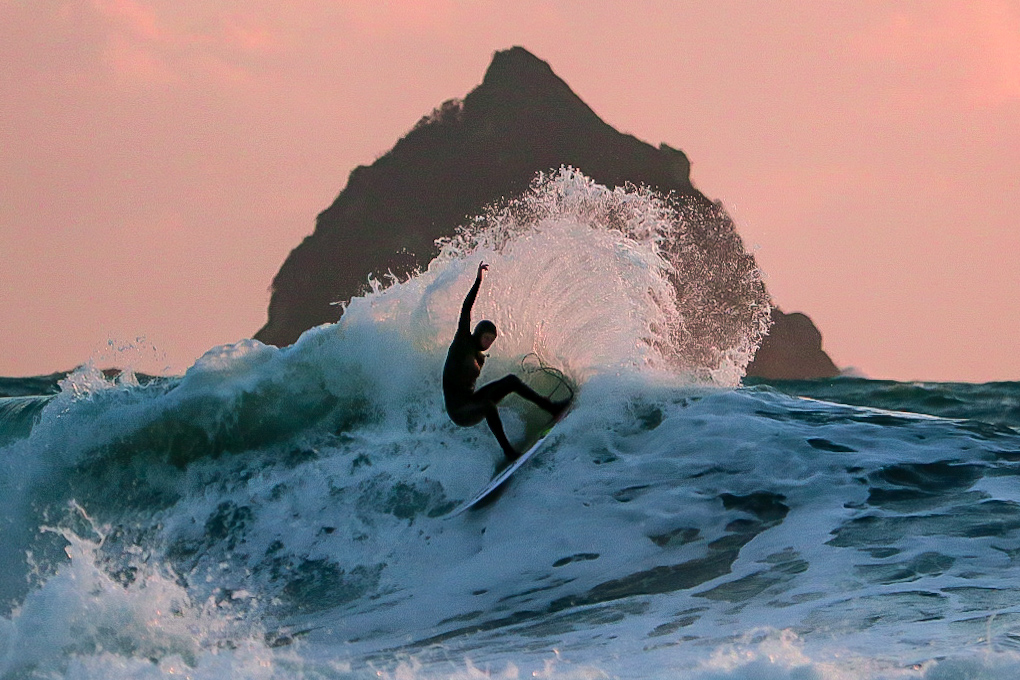
Steph laughs when she tells me this, as if being good at something she enjoys is just a happy coincidence. Having followed her blogs now for two years, I happen to know that behind the camera lens and down at the computer screen in the wee hours of morning there is plenty of hard work and hand-wringing going on. It takes determination and focus to achieve what she has in this short time.
But the best thing about Steph is that nothing is over-dramatised, either on the page or in real-life. What you set out to look for is exactly what you find.
Steph Matuku’s surf photography can be found here on Instagram. And you can find her website here.


Nadine Anne Hura
Nadine Anne Hura (Ngāti Hine, Ngāpuhi) has a background in journalism, education policy and kaupapa Māori research. Her essays explore themes of identity, biculturalism, politics and parenting, and are collected on her website.



